Children Of The Revolution
Clos Mogador
Priorat Red Blend 2015
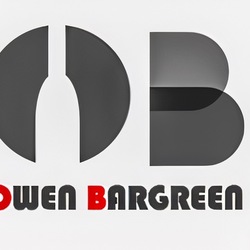
Mas Gourdou
Pic St. Loup Syrah 2016
The photo does the wine no justice. Also consumed at our farm table dinner, this is from a winery we’d visited earlier in the day. In the same family since the French Revolution, Mas Gourdou is a small operation producing a nice variety of Pic Saint Loup wines. This bottling, made up of Syrah, Grenache and Mourvedre, spends 12 months in used French Oak and offers up ripe berries on the nose with a silky palate of spice, earth and brambly fruit. A beautiful evening shared with the family - so fun to watch the appreciation of wine growing in the kids! — 7 years ago
Aramenta Cellars
Reserve Pinot Noir 2013
It's just me, Jill, and Darlene and she decided to head into the cellar and pluck this guy from her personal rack (2013). Darlene - I wish I was one of your six children and we could hang out with the ducks and drink this until your cows came home. Beautifully aged and stunningly different from the 2011 and 2014. There is a reason the 2012 is sold out and few bottles of this are left. — 7 years ago
Weingut Johann Haart
Piesporter Goldtröpfchen Spätlese Riesling 2017
I loved this! Celebrating homecoming of out of town children. — 8 years ago
Chapelle d'Ausone
St. Émilion Grand Cru Red Bordeaux Blend 2005
I've been curious about this wine for some time. The original 05 Ausone review from Parker was revised and one would think it was at the request of the Chateau. Parker's 💯 point review started something like this...if you are over the age of 55, you'll want to decide if you want to buy this this wine. Largely, due to his call on it's years of drinkability; which was from 2055-80. Parker's review was mysteriously revised within two months of it's original review. Tonight, I Coravin-ed this tasting of the Chapelle D'Ausone. The 05 Chapelle D'Ausone is still very big & tight but starting it's journey into a decent drinking phase. The tannins are still chewy and dark. The fruits are; ruby blackberries, dark cherries, a mix of blue fruits, strawberries paint the back palate, dark & milk chocolate, caramel, Christmas cake, clove, nutmeg, cinnamon, vanilla, spice-box, black tea, a whiff of green bell peppers, irony minerals, loamy soils, tree bark, a touch of leather, lead pencil shavings, dry stems, dry stones & dark moist soil. The acidity is perfect. The structure, length, balance and tension flirt with glory. The finish runs ripe to dry fruit and the minerals are rich with a dark elegance that lasts and lasts. As good as this wine is tonight, I'll put this bottle back; which is 1 of a 6 pack and wait another 7-10 years to reopen it. Both of Ausone's 05 wines are meant for most collectors end of life or meant to be left for their children. — 9 years ago
EMH Vineyards
Cabernet Sauvignon 2010
Celebrating my father in law as he finished his battle with pancreatic cancer. Sometimes there is the right wine at the right place with the right people. Even let the almost adult children on the action. Great celebration. This wine was feminine and full of black/ blue fruit. Thank you Merrill for your passion You exceeded expectations and delivered. From magnum. — 9 years ago
Firestone Walker Brewing Company
Luponic Distortion Revolution Revolving Hop Series
002 in the series, very similar to 001, tropical and citrus notes, hopped with New Zealand hops, very little malt backbone, just enough to support the hops, very easy drinking, enjoyable IPA, little on thin side because of the low ABV, only real grip, is again to similar to the one before this 001 — 9 years ago
Doubleback
Walla Walla Valley Cabernet Sauvignon 2012
We closed on our 2nd and hopefully "long-term" raise our our children house today - so we celebrate. This wine is a strong effort in spades! Brilliant purple hue. A punch to the noise out of the gates. A taste of mixed berries that won't quit. Not overly oaky which I appreciate. Probably has the stuffing to go a few more years at least. — 9 years ago
Podere San Donatino
Poggio Ai Mori Chianti Classico Sangiovese 2011
Podere San Donatino (Castellina in Chianti) was bought in 1971 by Léo Ferré the great French poet and singer, now there's his wife Maria Cristina Diaz with their children to manage the winery. Spontaneous fermentations, wild yeasts, prolonged maceration - about three weeks - though the wines stay “sur lie” for several months. This Chianti Classico Poggio ai Mori is aged only in stainless steel while the Riserva does age in older wood. It's a 100% of a nitty-gritty sangiovese, edibles almost, nourishing even to the nose; mellow and sincere just a perfect pairing with some peasant but refined bread and salami (pane e salame), quietly singing "Les Anarchistes" facing the Tuscan sunset among you, the always empty glass and the Chaos out of the universe. — 10 years ago
Yards Brewing Co.
Ales of the Revolution Thomas Jefferson's Tavern Ale
This is a nice brew. Full with a hint of sweetness at the beginning. A good ale for nights at the pub. — 10 years ago
Lampyridae Vineyards
Communication Block Mount Veeder Cabernet Sauvignon
Proceeds of this wine go to children with "Communication Blocks" (disorders)Winemaking donated by the great Aaron Pott.
— 10 years ago
Revolution Wine Company
Argentine Revolution Mendoza Malbec 2009
Loved this. One of my favorites from Club W — 13 years ago
Cain Vineyard & Winery
Cain Concept The Benchland Napa Valley Cabernet Sauvignon Blend 2001
This baby continues to grow up but I think like every parent I have to say good bye as children do grow up - I will miss the older beauties from Cain - I just think they are better older
Still love the color - deep purple / no transparency at all with edges / smell is demonstrating maturity which has me worried ( just a little) / the wine is chewy dense full bodied after 18 years in a bottle / omg this is good / taste is not full bodied at all but finesse and delicate - with the most enjoyable finish - I love the integration of the franc and Merlot with cab in this vintage - always have - just a Tuesday night but why not enjoy a bottle with charisma and character that says good to see you old friend - smiling — 7 years ago
Château Lafite Rothschild
Carruades de Lafite Pauillac Red Bordeaux Blend 2003
On the nose, ripe; blackberries, sweet & sour dark cherries, cooked cherries & strawberries & hues of blueberries. Black tea, cola, soft baking spices; vanilla, light clove & cinnamon. Crushed rocks, stones, limestone, turned, moist black earth, tobacco leaf, saddle-wood, soft leather, dry & fresh dark red florals.
The body is medium edging toward full. The tannins pretty well resolved. The ripe fruits show the hot, ripe vintage. Blackberries, sweet & sour dark cherries, cooked cherries & strawberries & hues of blueberries black tea, cola, soft baking spices; vanilla, light clove & cinnamon. Crushed rocks, stones, limestone, tobacco with ash, some graphite, soft medium dark spice, turned, forest floor, powdery but edgy minerals, saddle-wood, soft leather, dry & fresh dark red florals with some violets on the finish.
This showed better with Ribeye. The Ribeye brought out a fuller, richer wine with even more complexity. 9.35-9.4 with the Ribeye. It just missed 9.2 on its own. It’s big brother the 03 “Lafite” is 💯 point Parker wine.
Photos of; Chateau Lafite, their oak vat fermenters, Estate wine and their magnificent barrel room.
Interesting history and producers notes...Lafite Rothschild has a long and interesting history dating back to 1234, even though the property was not in the Bordeaux wine business at that time.
It is has been largely believed that vines were already planted on their terroir. The owner of the estate at the time, Gombaud de Lafite left his mark, his name. Almost 1,000 years after he owned it, the Chateau is still named after him! The vines were probably in existence at Lafite for over a century, it was not until around 1680, the majority of vineyards of what we know of as Lafite Rothschild today were created. This is because on the 1680 estate manifest, there are six mentions of their Bordeaux vineyards. Jacques de Segur, earns credit for cultivating the vineyard as I wrote in my Colon Segur post last weekend. In 1695, Alexandre de Segur married Marie-Therese de Clauzel, heiress to Chateau Latour. So to dovetail that write up, within a generation, the Segur family married into two of the greatest Bordeaux vineyards, Chateau Lafite and Chateau Latour! When their son, Nicolas-Alexandre passed away, Chateau Lafite and Chateau Latour were separated.
In 1797, Chateau Lafite was sold again. In the deed of sale, Chateau Lafite was described as a Premier Cru of Medoc. This is one of the earliest mentions of what we know of today as Lafite Rothschild producing wines of what would later be classified as an 1855 First Growth.
At that time, of Lafite were managed by the Goudal family. The Goudal family were wine historians and were able to read accurate records and details of the viticulture and marketing plans for Chateau Lafite in the estates formative years. The Goudal family gets the credit for creating the cellar and saving many of the oldest bottles that remain in the cold, dark cellars, including their oldest bottle, the 1797 Lafite!
The start of the famous Rothschild family begins in 1744, with the birth of Amschel Meyer. Amschel Meyer began creating his fortune while working as a merchant at “Zum Roten Schild,” which eventually became the family name of Rothschild.
In 1798 his sons were sent to various cities to create their fortunes. Needless to say, his sons all prospered as did their children in turn. This eventually led to them wanting to own a Chateau in Bordeaux. So in 1853, Baron Nathaniel de Rothschild, an English member of the Rothschild family, purchased Chateau Brane-Mouton. As was the custom of the day, the new owner renamed it using his name and Chateau Mouton Rothschild was born.
This was followed in 1868, when James Rothschild, another member of the family purchased Chateau Lafite, which was now a coveted First Growth.
On 8 August, 1868, Baron James d’Rothschild purchased Chateau Lafite, which was sold at a public auction in Paris. It’s assumed, he bought the property for family competitive reasons looking to one up his brother, the owner of Mouton Rothschild. At that time, Mouton Rothschild was only a Second Growth at the time. But, that does not paint the entire picture. The 1855 Classification had not taken on the importance associated with it the we see it today. Plus, buying Lafite was a reasonable investment as the vineyard sold for about 8 times its earning potential.
The actual Chateau is one of the older structures in Bordeaux, as part of the building dates back to the later part of the 16th century. In 1868, the vineyard took up 135 hectares, of which 74 hectares were cultivated with vines. Production was much smaller in those days than it is today as it was between 4,000 and 5,000 cases.
Just three months after the purchase, Baron James d’Rothschild passed away and Chateau Lafite Rothschild became the joint property of his three sons; Alphonse Rothschild, Gustave Rothschild & Edmond Rothschild. Since 1868, Chateau Lafite Rothschild has remained in the hands of the of Rothschild family. The new owners renamed the estate Chateau Lafite Rothschild.
Jumping ahead to the modern age, in 1962, the Rothschild family added to their holdings when they purchased Chateau Duhart-Milon, a Fourth Growth vineyard also located in Pauillac. It was owned by the Casteja family for more than a century, Chateau Duhart Milon suffered from neglect and was in a awful condition. By the time Duhart Milon was obtained by the Rothschild family, the vineyard was down to only 17 hectare which required extensive renovations.
Baron Eric Rothschild, nephew of Baron Elie Rothschild, took over the management of Lafite Rothschild in 1974. Baron Eric Rothschild was part of the fifth Rothschild generation to inherit Chateau Lafite Rothschild. In 1984, the Rothschild family added to their holdings in Bordeaux with the purchase of Chateau Rieussec in Sauternes.
1987 was a difficult vintage, but because that was the year Lafite celebrated the inauguration of their wine new cellar, they had a lot to be excited about.
The new cellars were built under the supervision of Catalan architect Ricartdo Bofill, is both underground and circular, with a vault supported by 16 columns, giving the structure a majestic architectural style. The cellar holds 2,200 barrels, which is about 55,000 cases of wine. The construction took two years to finish and was completed in 1988.
Domaines Baron Rothschild became one of the first Bordeaux properties to invest in South America when they purchased Vina Los Vascos from a Chilean family. The owners of Lafite Rothschild continued expanding their holdings with the purchase of Chateau lEvangile in Pomerol from the Ducasse family, who owned the property for almost 100 years.
The wine making at Chateau Lafite Rothschild was managed by Charles Chevallier, who began his position in 1994. Charles Chevallier was replaced by Eric Kohler in January 2016. 2017 saw another change at the estate when Jean Guillaume Prats replaced Christopher Salin as the President of Domaines Baron Rothschild.
Perhaps, it’s the most refined of the First Growth. The wine, like all First Growth’s takes decades to mature. It has remarkable staying powers. Bottles of 1870 Lafite Rothschild discovered in the Glamis castle remain profound at more than 140 years of age! It is consider by many Master Sommeliers to be the best wine in the world.
Chateau Lafite Rothschild is one of the earliest major Bordeaux estates to bottle their own wine. In 1890, they bottled a large portion of the wine and again in 1906. Part of the estate bottling was due to requests from Negociants who were willing to pay more for Chateau bottled wines. Also, bottling was primarily done to combat piracy. At the time, it was known that merchants in some countries, like Russia were bottling cheap wine and placing labels from Lafite Rothschild on the bottles. The Koch’s famous Jefferson bottles were not the first attempt at counterfeiting.
Prior to 1996, some would say the property had its share of ups and downs. The 1960’s and 1970’s were not great for Chateau Lafite Rothschild. But since 1996, Lafite Rothschild has been producing some of the best wine in their history!
Sadly, only the wealthy can afford to purchase it. Price aside, there is no denying the level of quality. In 2003 Lafite Rothschild produced a wine that is possibly unequaled by the estate at any time in their long history. Hence, my purchase of their 03 second wine. 2009, 2010 and 2016 are not far behind.
Starting in about 2008, Lafite Rothschild became the most collectible wine from Bordeaux. Prices exploded due to demand from China as Chinese businessmen bought them as gifts or bribes depending on you look at it.
The reason this started was Lafite Rothschild paid for product placement on the number one rated Chinese soap opera on television. Characters in that show were pictured enjoying life with Lafite Rothschild and since then demand went through the roof as did priced.
However, Issac Newton had it right when he declared “What goes up, must come down.” Prices for Lafite Rothschild plummeted after 2011. By the difficult 2013, prices were finally starting to hold firm, but many of the vintages that were setting price records on a daily basis had lost close to 50% of their value.
Starting with the 2012 vintage, Chateau Lafite Rothschild began instituting anti-counterfeiting measures. From 2012 forward, to help fight, rampant counterfeiting, the estate places a seal of authenticity on the capsules of both Lafite Rothschild and Carruades de Lafite. The seal features a unique, numbered code that can be checked on their website, to verify if the wine is real.
The 112 hectare vineyard of Chateau Lafite Rothschild is planted to 70% Cabernet Sauvignon, 25% Merlot, 3% Cabernet Franc and 2% Petit Verdot. This shows a slight change in the vineyard.
While Cabernet Sauvignon remained at 70%, today there is slightly more Merlot, less Cabernet Franc and the Petit Verdot has been added since the mid 1990’s.
Located in the far north of the Pauillac appellation, only the small, Jalle de Breuil stream separates the vineyards from St. Estephe. You could divide the vineyards of Chateau Lafite Rothschild into three sections with 100 separate parcels in all. The estate has close to 50 hectares of vines located close to the Chateau, on both sides of the D2, which offers gentle rises in elevations of up to 27 meters. They also have about 50 hectares vines planted on the plateau in the Carruades sector, where they have two blocks of vines, one of which is inside the vineyard of Chateau Mouton Rothschild. It is interesting to note that even though the parcels in the Carruades sector give their name to the second wine of the estate, those vines are almost always placed in the Grand Vin.
There are also vines adjacent to, and interspersed with the vineyards of Chateau Duhart Milon. The property also consists of a smaller, 4.5 hectare parcel of vines located in the Saint Estephe appellation, “La Caillava”. The vines in St. Estephe are situated not that far from Cos d Estournel, which are located on a larger a parcel known as Blanquet. The vines in Saint Estephe are allowed to be placed into the wine of Chateau Lafite Rothschild because those vines were used to produce Lafite in 1885, at the time of the classification. The vineyards are close to their famous neighbor Mouton Rothschild.
Located just south of the Chateau, the best terroir of Lafite Rothschild has a thick layer of gravel with sand, clay, marl and limestone in the soils with rolling, gravel slopes. The gravel can be as deep as 4 meters in some parcels.
It is important to note that even though their vineyards are in the far north of Pauillac, most of the soil is pure gravel, rocks and stones. With more than 50% of the soil consisting of gravel, that is a large part of the reason Lafite Rothschild has such elegant, feminine textures and that coveted sensation of minerality.
On average, the vines are close to 40 years of age. However, Chateau Lafite Rothschild has much older vines. In fact, they have some vines that are more than 100 years of age planted in the La Graviere section. That small parcel of Merlot vines dates back to 1886. Less than 1% of the vines are that old.
Additionally, they have a small section of Cabernet Sauvignon that dates back to 1922! Other old vines range from 50 to 90 years of age! They also maintain some of the oldest Petit Verdot vines in the Medoc that was planted in the early 1930’s.
At Chateau Lafite Rothschild, between 1% to 1.5% of the vineyard is replanted every year. Vines less than 20 years of age are never included in the Grand Vin.
The vineyard of Chateau Lafite Rothschild is planted to a vine density that ranges from 7,500 to 8,500 vines per hectare. Only organic fertilizers are used in the vineyards of Lafite Rothschild.
During harvest, the goal is not to pick at the maximum level of ripeness. Instead, they are seeking a blend of grapes at differing levels of maturity, which gives the wine its unique textures, freshness, aromatic complexities and elegant sensations.
Lafite Rothschild is the largest of the First Growth vineyards with close to 112 hectares of vines. A large portion of the estate is taken up with stunningly, beautiful landscaping, lakes, trees and parkland.
At one point in time, Chateau Lafite Rothschild produced a dry white, Bordeaux wine that was sold as Vin de Chateau Lafite. The wine was produced from a large percentage of Semillon, blended with a small amount of Sauvignon Blanc. The last vintage for their white wine was 1960. The wine was sold as a generic AOC Bordeaux blanc with a simple, scripted label, black and white label.
Lafite vinification takes place in 66 vats that are a combination of 29 wood vats, 20 stainless steel tanks and 17 concrete vats that range in size from as small as 45 hectoliters up to 123 hectoliters in the concrete and as large as 270 hectoliters for the wood. The wide range of vat sizes coupled with different materials allow Chateau Lafite Rothschild to vinify depending on the needs of each specific parcel and grape variety. The stainless steel tanks and oak vats are used for Cabernet Sauvignon. The Merlot is vinified in the concrete tanks. Malolactic fermentation occurs in smaller, stainless steel tanks that vary in size from 25 hectoliters up to 60 hectoliters. At this point, Chateau Lafite Rothschild does not yet use gravity to move the fruit and juice in the cellar. It’s a good bet that a remodel is coming soon.
The average annual production of Chateau Lafite Rothschild ranges from 15,000 to 20,000 cases of wine per year, depending on the vintage. They of course make this second wine, Carruades de Lafite, which due to the name and association with the Grand Cru, has also become extremely collectible. Carruades de Lafite takes its name from a specific section of their vineyard that is located near Mouton Rothschild. Carruades is actually one of the older second wines in Bordeaux, as it was first produced in the mid 1850’s. About 100 years later during the mid 1960s, the estate reintroduced their second wine naming it Moulin de Carruades. The name was changed again in the 1980’s to Carruades de Lafite.
There is also a third wine which is sold as an AOC Pauillac that is produced from declassified fruit from Lafite Rothschild and Duhart-Milon.
The blend for Chateau Lafite Rothschild changes with each vintage depending on the character and quality of the vintage. Generally speaking, the amount of Cabernet Sauvignon in the blend ranges from 80% to 95%. Merlot is usually 5% to 20%. Cabernet Franc and Petit Verdot usually varies from 0 to 5%.
— 7 years ago

Revolution Brewing Company
Eugene Porter
Smooth with lots of flavor. Fantastic porter. — 11 years ago
Bodegas Muga
Selección Especial Rioja Tempranillo 2012
Founded in 1932 by Isaac Muga Martínez, on his death children Manuel, Isabel and Isaac Muga Caño took over. Dark Ruby with aromas of ripe fruit, smoke & spice, A blend of Tempranillo, Garnacha, Mazuelo, & Graciano from this top Haro producer. On the palate, ripe fruit, cherry & blackberry, firm dry tannins, & smoky oak. Aged 30 mos in French & American oak + 18 months in the bottle before release. On the finish a touch of vanilla with a lingering ending. Will continue to improve! Nice! Small production. — 7 years ago
Revolution Wine Company
El Libertador Mendoza Cabernet Sauvignon
Smooth and rich - a cab from the land of Malbec! What a lovely idea! Highly enjoyable. Another great find at #moraswinetasting ! — 7 years ago
Gosset
Celebris Vintage Extra Brut Champagne Blend 2002
Selected to celebrate the wedding of Prince Harry to Meghan Markle. Pale to mid Gold. Complex yet fresh which must be the aim of every Champagne maker hence RD and P2 etc. The Gosset has spent 12 years on Lees and no malolactic fermentation which gives it a charge of malic acid providing longevity for years to come. Lemon and Apple notes. As Tyson Stelzer said “Children of 2002 meet your 30th Birthday Present “ Finishes with a Saline minerality. 48% Pinot Noir; 52% Chardonnay. A wonderful Champagne. — 7 years ago
Jacques Selosse
Substance Brut Blanc de Blancs Grand Cru Champagne Chardonnay
The revolution of Champagne wine making. Anselme Selosse turns his vision, belief and work in to this masterpiece.
A solera of Avize Chardonnay created in 1986.
Disgorgement date 10/13/2014 #champagne #chardonnay #selosse #substance #solera #shreveport #bossiercity #winemaking — 8 years ago
Angela Estate
Yamhill-Carlton Pinot Noir 2013
A small, family-owned winery, owned by Antony Beck a native South African wine producer who began Angela Estate in 2006. Antony created the winery as a celebration of his wife, Angela and their five children. Made with estate fruit, aromas of fruit, floral & spice. Juice flavors of raspberry and strawberry with licorice and spicy pepper notes. Fine tannins on lingering finish ending with bits of cacao. Give this a few more in the cellar. — 8 years ago
The Elder
Pinot Noir 2014
Well it's a bit cheeky to give your own wines a perfect score (see the other reviews) but this is stupendous stuff. Loosely knit and full of crunchy fruit and savoury herbaceous notes, it's a splendid example of the New Zealand quality revolution. They're not giving it away at the lcbo ($52) but this would easily be $20+ more if it had a California label and exponentially more if it was from burgundy, which tasted blind you might suspect. — 9 years ago
Revolution Wines
Red Revolution California Red Blend
This was surprisingly good for a $9.99 bottle of "red." Great way to start thing off or close them down with friends, no head ache and the price, bouquet and after taste check all the boxes. — 9 years ago
Estancia
Monterey County Chardonnay 2015
Like the 1920s Yekaterinburg ballet portraying an airy, gravity-free choreography, while unsupressably bound by the tethers of the Bolshevik revolution. Yearning to soar, yet their ascension be grounded by relentless snowstorms, breezing across the tarmac upon which your vessel must remain.
Tastes like buttered toast with honeyed apricot jam displayed on a woolen table cloth. — 9 years ago
Kapcsándy Family Winery
Roberta's Reserve State Lane Vineyard Merlot - Cabernet Franc Blend 2006
Celebrating my father in law as he finished his battle with pancreatic cancer. Sometimes there is the right wine at the right place with the right people. Even let the almost adult children on the action. Great celebration. This wine was feminine and full of black/ blue fruit. Thank you Lou for your passion You exceeded expectations and delivered. From magnum. — 9 years ago
Antica Terra
Aurata Chardonnay 2012
Absolutely terrific wine. Bound to uplift even the most doomy-gloomy mood. As such, it pairs well with political discourse and the prospect of "President Trump." Go ahead, drink those sorrows away. You deserve it.
Beautiful, shimmering golden color. I believe it's actually already deepening with age. (2012 vintage consumed in mid-2016)
On the nose, apricot fruit and unrefined honey dominate but is accompanied with a menagerie of rare and precious aromatics. The result is a feeling of having something truly exotic in your glass. This is a world-class wine for which there could never be any argument over its worthiness. You will be taken by this wine and there's really no way to over-hype it and set the expectation bar too high because this wine will meet it every time.
As we dig in deeper past the obvious top notes, we discover a treasure chest filled with persimmon, sandalwood, white flower, and vanilla bean.
Upon first entry in the mouth you are met with a zippy liveliness but then that melts gently across your palate to really give you a fine, pervasive coating that excites the taste buds in every corner of your mouth. This is a POWERHOUSE of assertive flavor. This wine will stage a veritable coup d'etat upon your complacent palate. There will be an ouster of your resident ennui. No incumbent sense of boredom will be safe from this wave of populist essence. There will be a complete and total transition of power in the halls of your mind's parliament leading to a peaceful but efficacious revolution. With your personal Congress in shambles, this fresh new confederacy shall draft a Constitution that will usher in a new era of utopian cooperation and transcendental civic euphoria!
Sorry, maybe for a little carried away there. For reals though. Drink this wine when you're feeling down and feel the BURN! Well, not really - because the alcohol is really well-integrated. ;) — 9 years ago
Purple Hands Winery
Stoller Vineyard Pinot Noir 2013
With Jose and Rob. My dinner of children in pesto sauce.
Musty, mushrooms, spicy, barnyard, grass, smokey, stone fruits.
Blueberries.
Talking about mindfulness, gay ski week... — 10 years ago
Revolution Wines
Amador County Zinfandel 2013
Revolution Wines
Gandyhill Vineyards St. Rey Celeste Red Blend 2010
A delicate, hearty blend of Sangiovese, Malbec, Cabernet Franc, and Petit Verdot. The wine has a nice balance of cherry and spice with a pleasant cedar bouquet. — 13 years ago


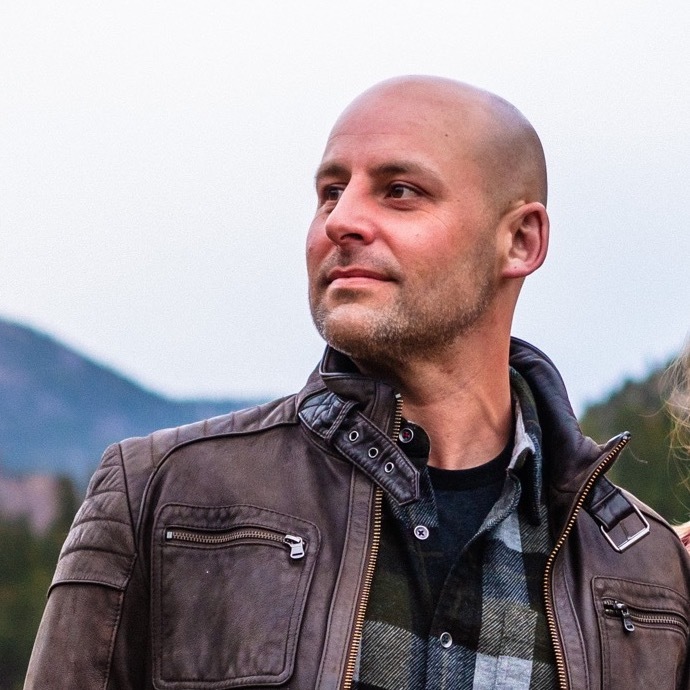

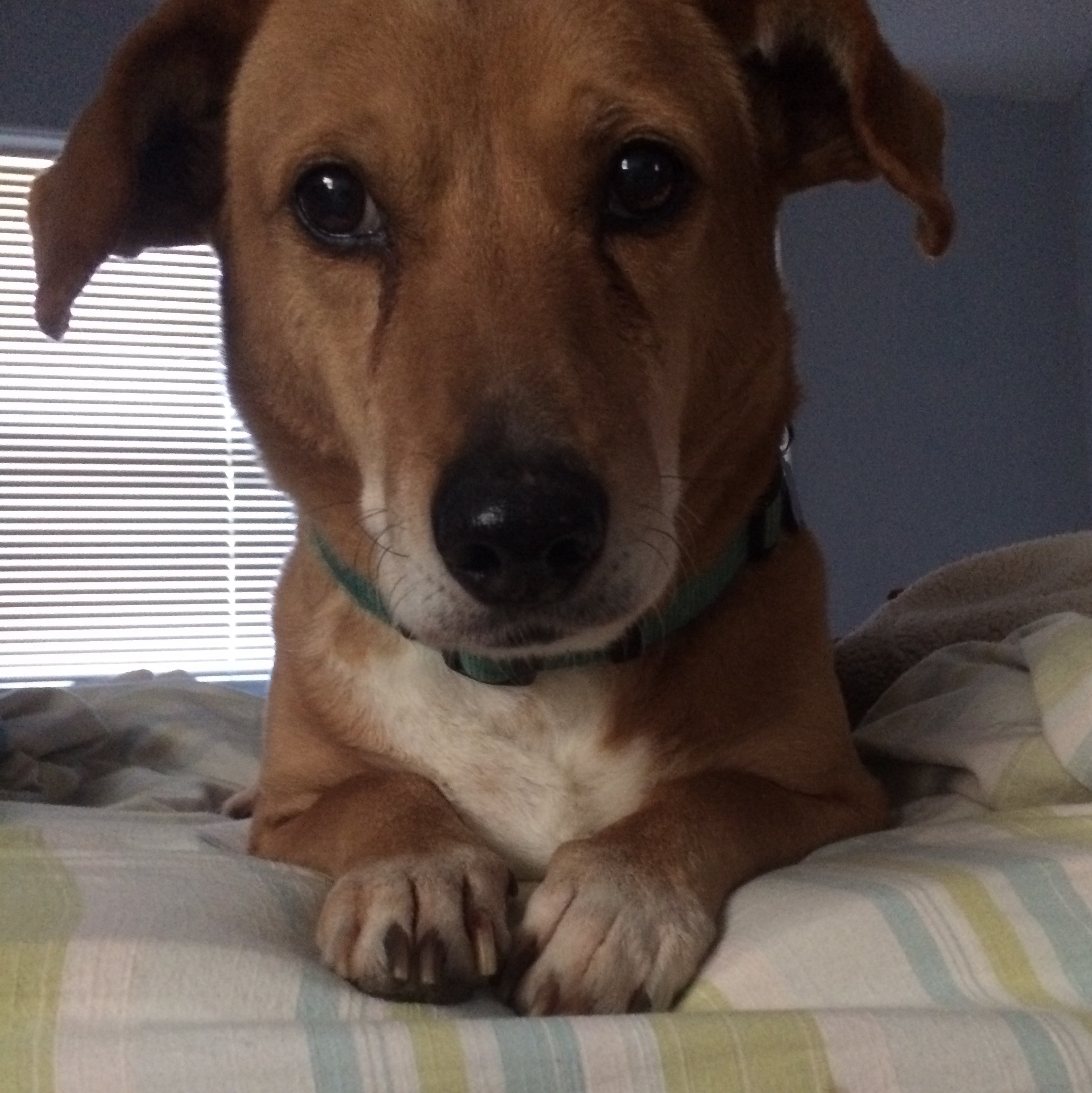













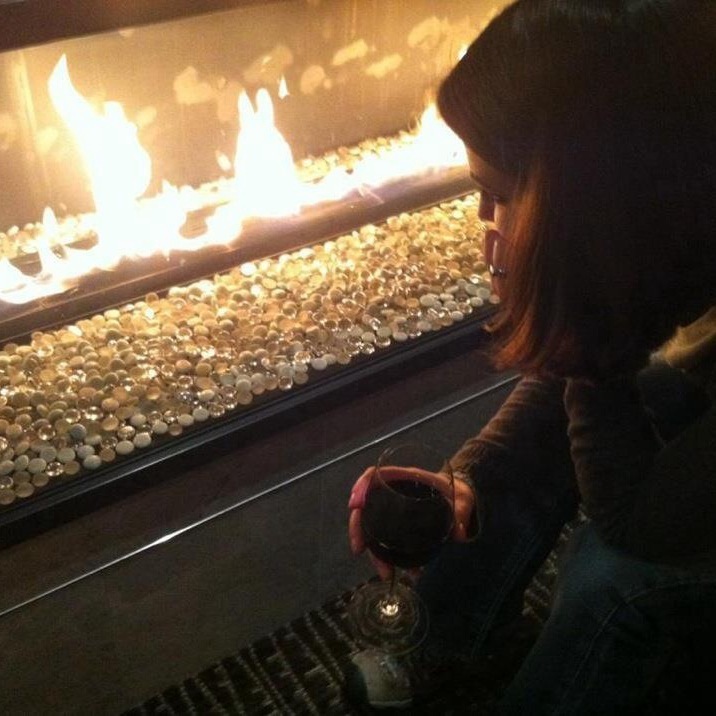
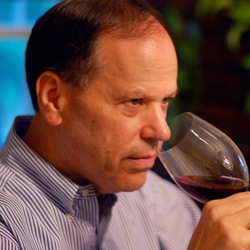

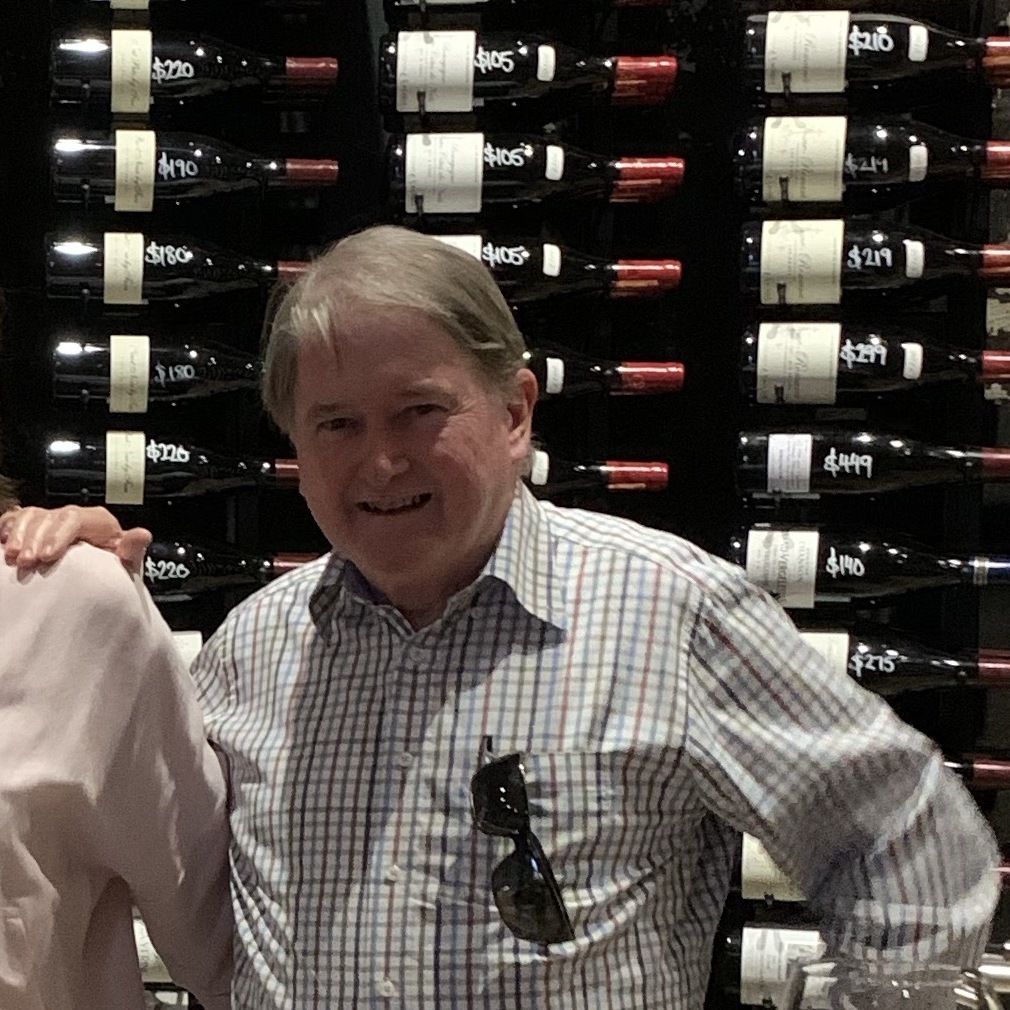




Dr. Owen Bargreen
The 2015 Clos Mogador is a absolutely stunning release from this historic Priorat estate. Located in Gratallops, in the heart of the Priorat hills, René Barbier, one of the founders of the Priorat revolution, crafts an incredible blend of 40% Garnacha (lauched from 80 year old vines), 35% Cabernet Sauvignon, 20% Syrah and 5% Morvedre, Pinot Noir, and Merlot. This immediately reveals seductive aromas of red cherry preserves, rose petals and roasted figs. On the palate this is ripe and intense, yields bright flavors of orange rind, red cherry and red raspberry with wild thyme and garrigue flavors. Intoxicating and beautifully structured, this beautiful wine will evolve gracefully for many years to come. Drink 2019-2040- 95 — 7 years ago